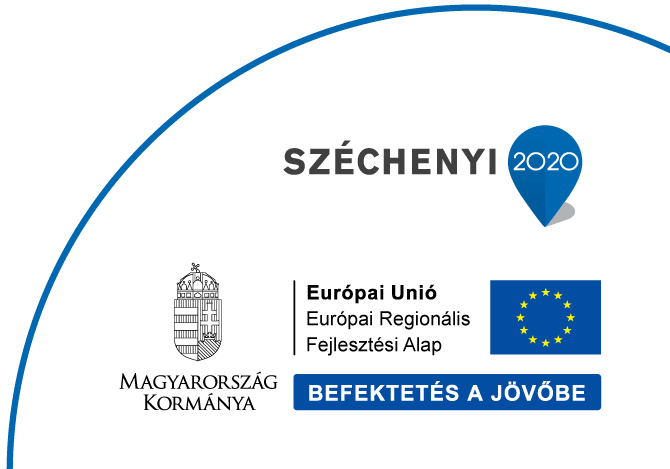What did we learn from recording a V2X demo event?
- Six to eight people can comfortably fit in an average car for the filming of a demo event: 3 are sitting in the car while the other 3-5 people are there in an online meeting to support the work
- International cooperation during a lockdown is absolutely workable with good planning and project management
- It’s a challenge to create video documentation of a digital roadside system running in the background when there is only one visible sign of its operation, a warning.
As we approached the finish line of the Secredas project, after 3 years of joint R&D work by our engineers and partners, we had to create video recording – a V2X demo event – of the activities carried out. So we first travelled to Helmond in the Netherlands, where we shot footage for days under the guidance of TNO, our Dutch partner and host.
With consent of local city administration to film or demo event, the test cars raced around an enclosed section of road. Meanwhile, the engineers were busy simulating hacker attacks and taking the necessary countermeasures. Our tanned skin is proof that hard work has been done. We spent the day outside, walking along the picturesque sidewalk dozens of times. The video team recorded us activating our Ultra-wideband and camera-based pedestrian protection solutions.
Everything worked as planned, the warning arrived much earlier than the car speeding toward the pedestrian crossing.
This is just one use case out of more than a dozen we have worked on under Secredas, with partners such as NXP, TNO, Merantix, Canon Research France, Unimore and Siemens.
The Secredas project focuses on automated driving, to ensure that drivers and passengers can trust self-driving technologies. We were building and developing cybersecurity and safety methods and architectures, for example misbehavior detection solutions to recognize anomalies and improve road safety.
Our second demo was in Modena, Italy, where the University of Modena and Reggio Emilia (shortly: Unimore) hosted our team to have a great time driving around – strictly focusing on our work to do! – with their incredibly cool test cars.
The work-filled part was at least as cool. We had to stop a car in the middle of a roundabout, blocking traffic. Police officers ensured that civilians did not get into the filming area. Here, we were simulating a malfunctioning traffic infrastructure which couldn’t recognize the dangerous event.
The vehicle’s on-board sensors not only detected the “crashed” vehicle in the middle of the road, but our Onboard Unit (OBU) also issued a warning about the incomplete information coming from the infrastructure.
SECREDAS has received funding from the Electronic Component Systems for European Leadership Joint Undertaking under grant agreement nr.783119. This Joint Undertaking receives support from the European Union’s Horizon 2020 research and innovation programme and Austria, Belgium, Czech Republic, Germany, Finland, Hungary, Italy, the Netherlands, Poland, Romania, Sweden and Tunisia. https://secredas-project.eu/

